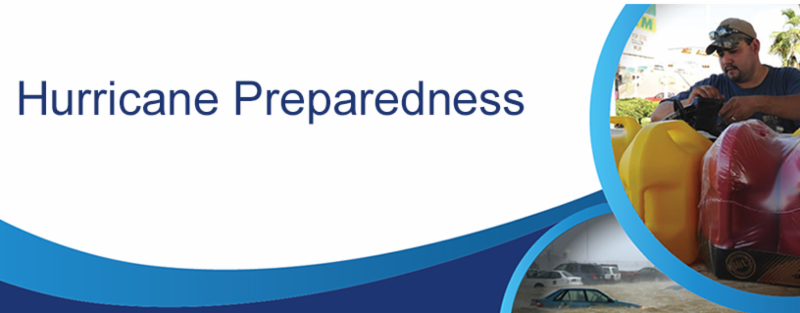Article Last Updated May 5, 2019
It’s National Hurricane Preparedness Week! It is time to start thinking about getting ready for storm season. Hurricane season starts on June 1 and runs through November 30.
The most dangerous thing to do is not prepare, especially if you are in a hurricane-prone area. According to the National Hurricane Center, the two key factors contributing to weather safety during hurricanes are preparing in advance for the risks and to act on those preparations when alerted by emergency officials.
Top 5 Tips for Hurricane Preparedness
1. Create an Evacuation Plan
Knowing where to go is essential for storm preparation. Evacuations are called when a storm surge occurs, causing the water level to rise abnormally high. It is important to know the local evacuation routes and to have arrangements for a place to stay during the evacuation. Be sure to plan for your pets, as most shelters do not allow them. By law, shelters do accept service animals. If you are unsure of where to go, or what your route is, contact your local emergency management agency to find your Evacuation Route.
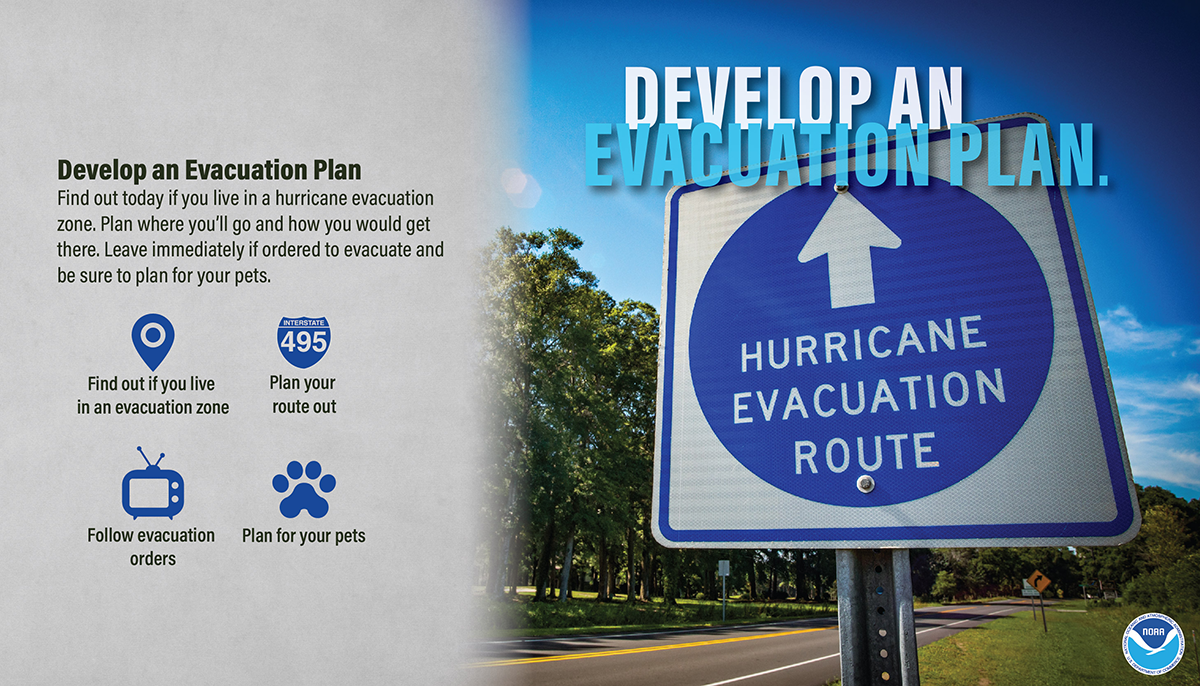
2. Create a Family Communication Plan and/or Business Continuity Plan
Family Communication Plan
Don’t wait – create your plan now with your family. Know what you’ll do whether you stay or evacuate, and always have a few options in mind should you be forced to evacuate. Make sure everyone knows the evacuation routes, and that you have a supply kit on hand for everyone. Check out FEMA’s guide to building a Family Communication Plan.
Business Continuity Plan
According to the Federal Emergency Management Agency (FEMA), if a business doesn’t have a Business Continuity Plan in place, 40% of small businesses won’t reopen after a storm event, 25% of businesses will close within one year, and 75% of businesses without a Continuity Plan will fail. Don’t be a statistic! It is important to have a Business Continuity Plan for your company and even more important that everyone understands it and you have strategies in place in the event of a storm. A Business Continuity Plan includes employee communication protocols, data, computer network, server, IT, infrastructure, and backup support should your business be affected by a hurricane, storm surge, damaging winds, flood and/or power outage. If you don’t have one yet, delegate a team to create your Business Continuity Plan, communicate it with your employees, and ensure that your business operations can continue and everyone stays safe and informed in the event of a storm. Maintaining business continuity is important. For more information, check out FEMA’s Ready Business Hurricane Toolkit.
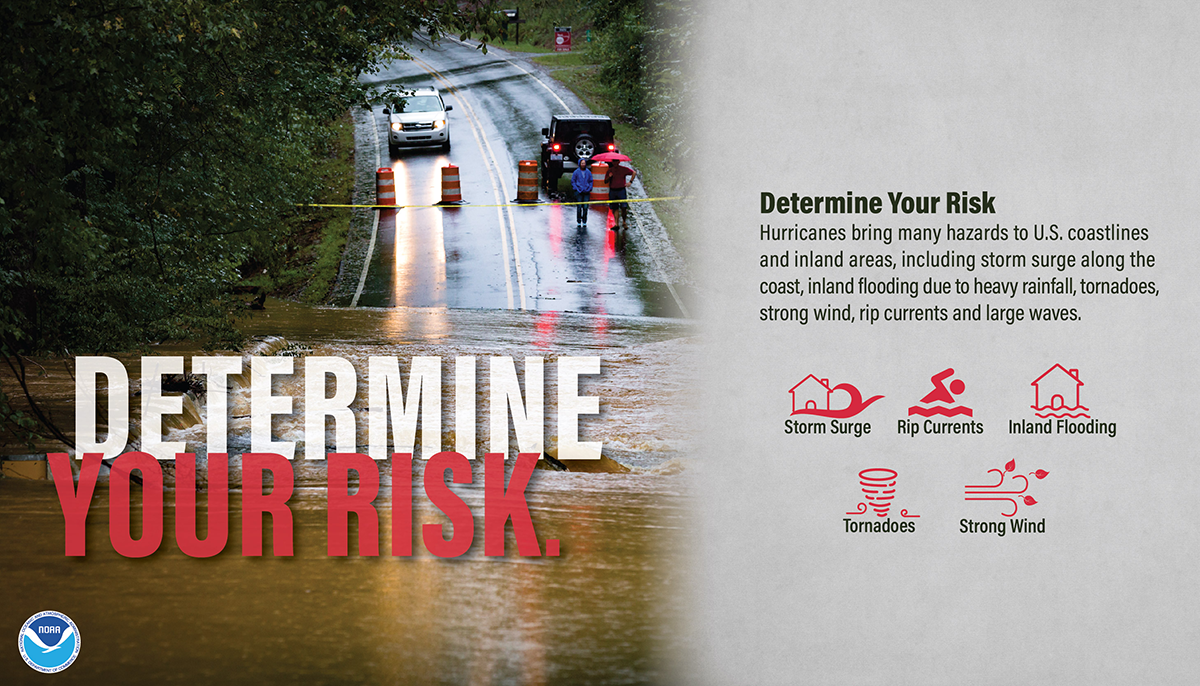
3. Gather Important Supplies
Creating a supply kit is crucial when a storm is coming. Key items to have on hand include: cash, flashlights, batteries, first-aid kits, area maps, food, water, cleaning supplies, gas, battery or solar powered radio. Don’t forget supplies for your pets! Also make sure to keep any medications and copies of your critical information on hand in the event of an evacuation. Experts recommend having at least 3 days worth of food, water and supplies on hand. If you have a generator, do a maintenance check to make sure it’s working properly. Check out Ready.gov tips on building a Hurricane Supply Kit. Check out the FEMA Emergency Supply List.
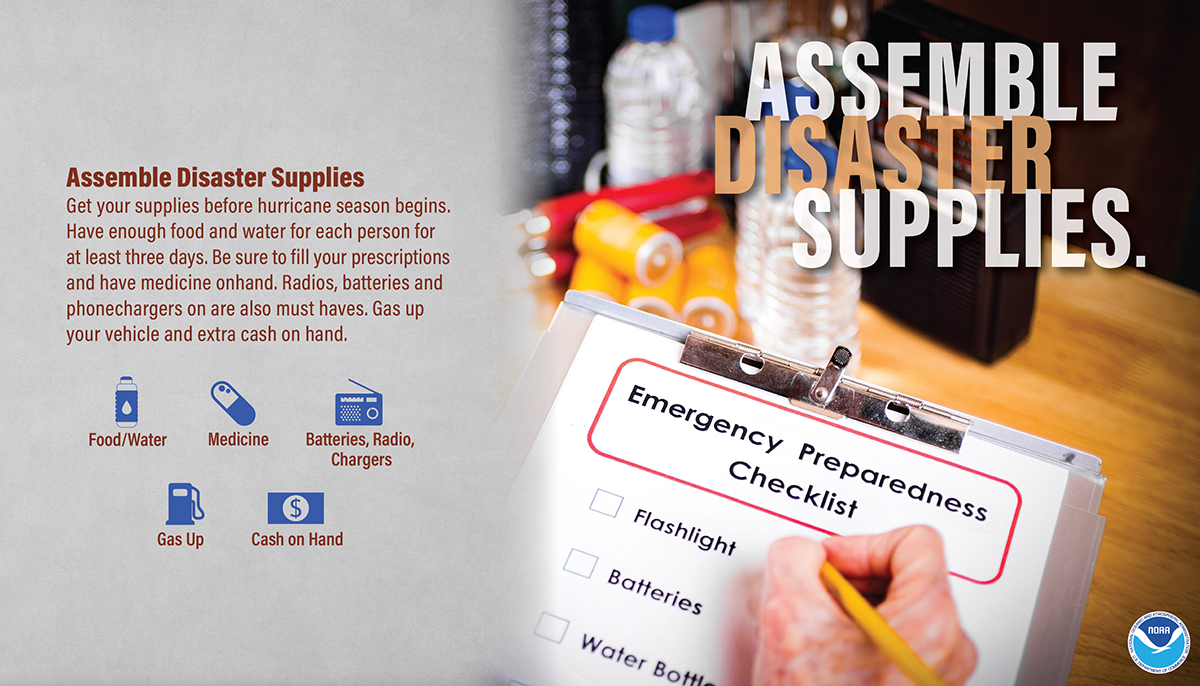
4. Prepare Your Home and/or Business
Don’t put off inspecting your property. While we don’t have control over storm season, there are several measures you can take to ensure your home and/or business will be as protected and durable as possible during a storm. It’s important to have a full property inspection and confirm there is no existing damage that a hurricane will increase. If you have any structural issues, damaged roofs or loose shingles, it’s imperative to get repairs. If there are trees near your property, it’s recommended to trip the branches regularly to prevent damage in the event of strong winds. Make sure your rain gutters are clean and secure. Ensure that your windows and doors are reinforced. If you own hurricane shutters, have them ready. If you plan on using plywood as window covering this storm season, purchase your supplies now.
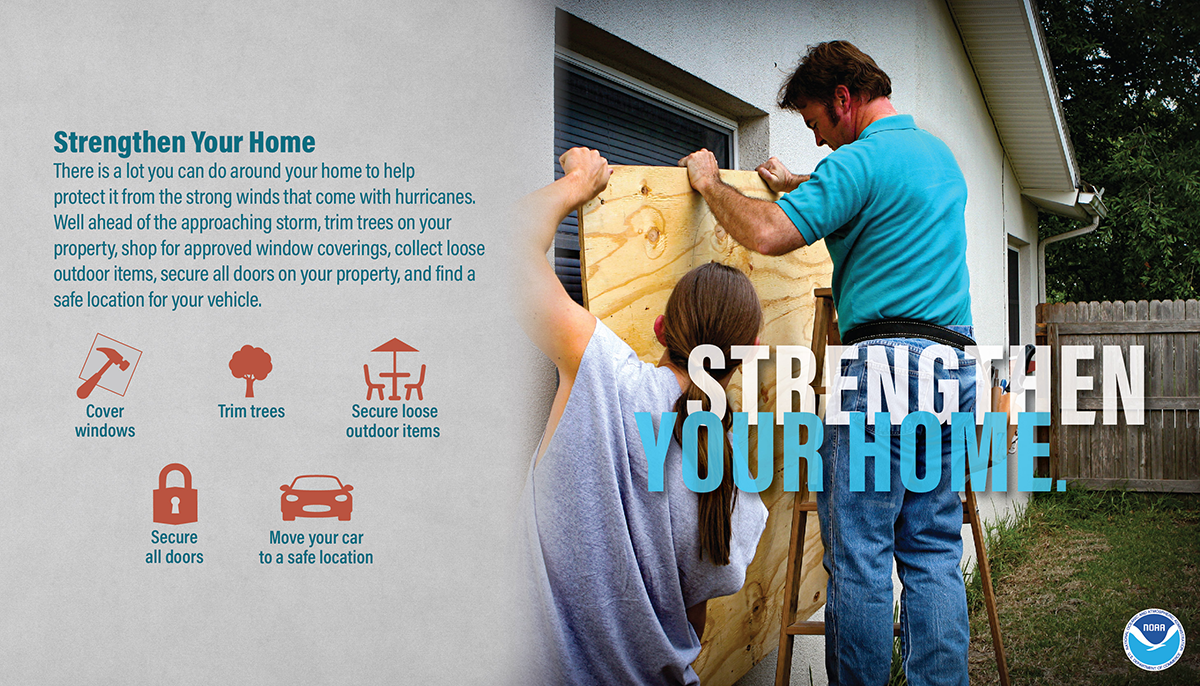
5. Review Your Insurance Policy
All property owners should be educated and knowledgeable on their insurance policies. If you live in a hurricane-prone area, it is important to include flood insurance on your policy. Flood insurance is critical for those not living on the coast as well. Visit www.floodsmart.gov to learn about your flood risk and flood insurance options for your area. Make sure you have copies of all important documents stored in your Supply Kit and to be safe, also store it in a secondary location not prone to hurricane damage (i.e. cloud storage, email a family member in another state, etc.) Don’t forget that you need to have access to proof of ownership documents for all property including homes, businesses, cars, and boats. If you have questions on your policy, contact your insurance provider to learn more and review the details.
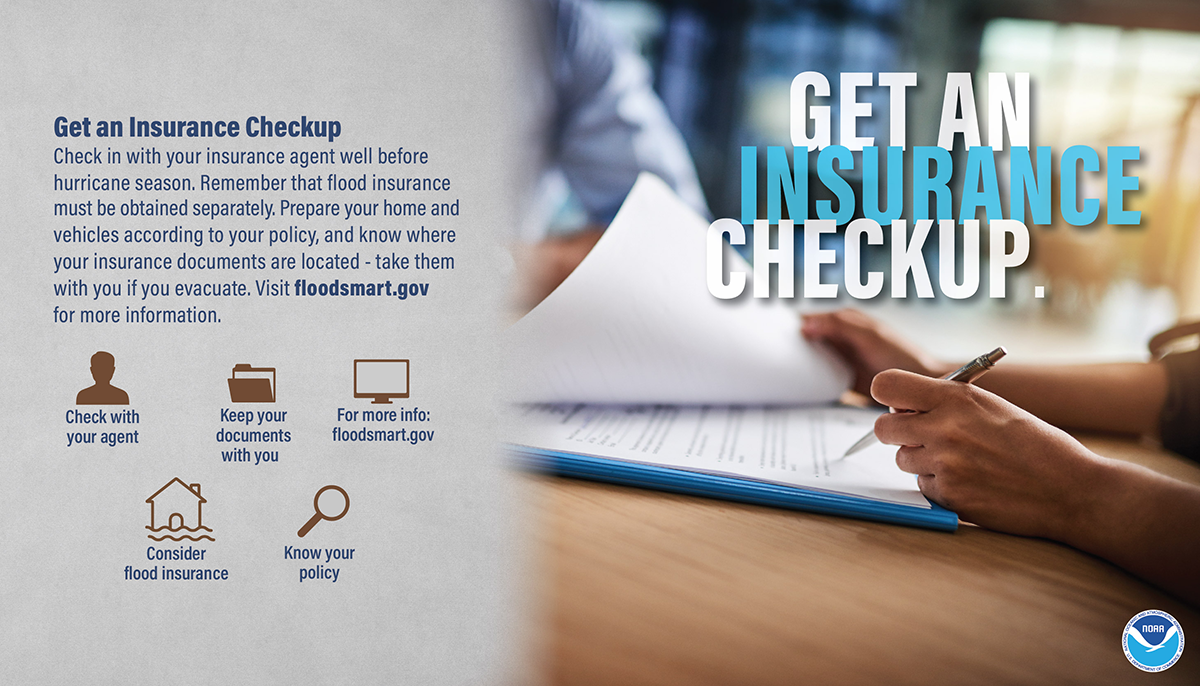
Be Prepared!
You can never be too prepared for storm season. By following these tips, you will be on the right track to staying safe during any hurricane! And of course, don’t forget to help your neighbors!
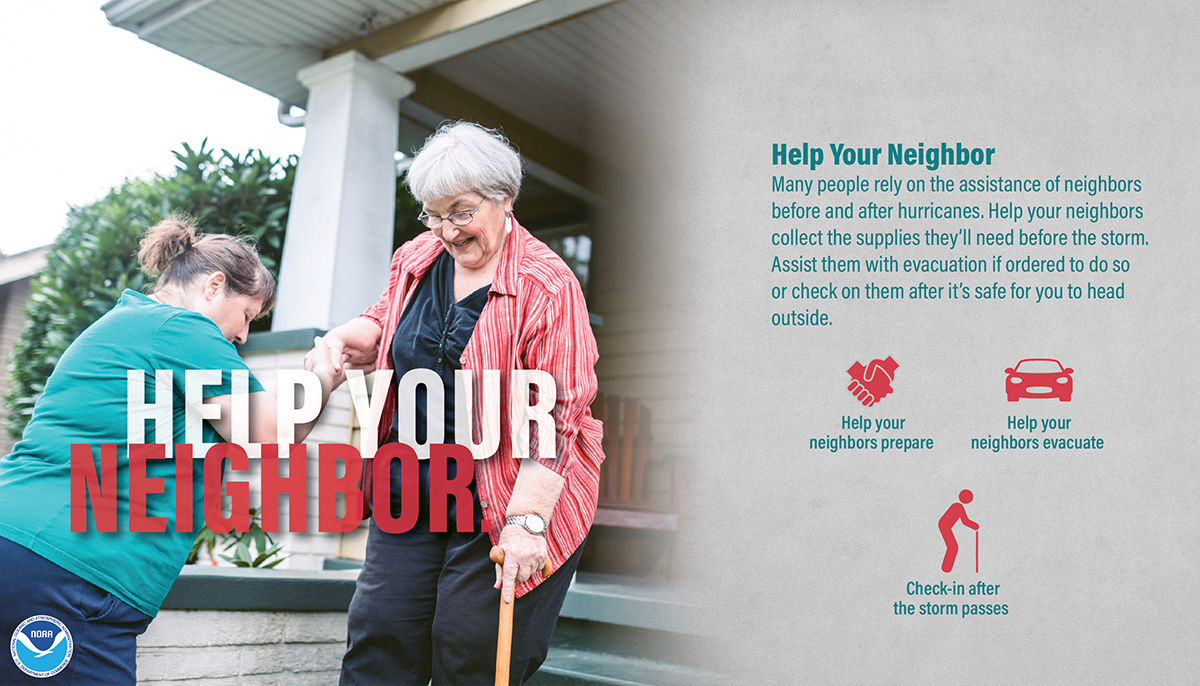
Hurricane Preparedness Resources
- Federal Emergency Management Agency (FEMA)
- FEMA App
- FEMA Business Hurricane Toolkit
- FEMA Emergency Supply List
- FEMA National Flood Insurance Program
- National Oceanic and Atmospheric Administration (NOAA) Evacuation Zone Finder
- National Weather Service
- National Weather Service Definitions: Watches, Warnings, Advisories and Outlooks
- National Weather Service Hurricane Tips
- Gov Phone Alerts
- Ready.Gov Hurricane Supply Kit List

